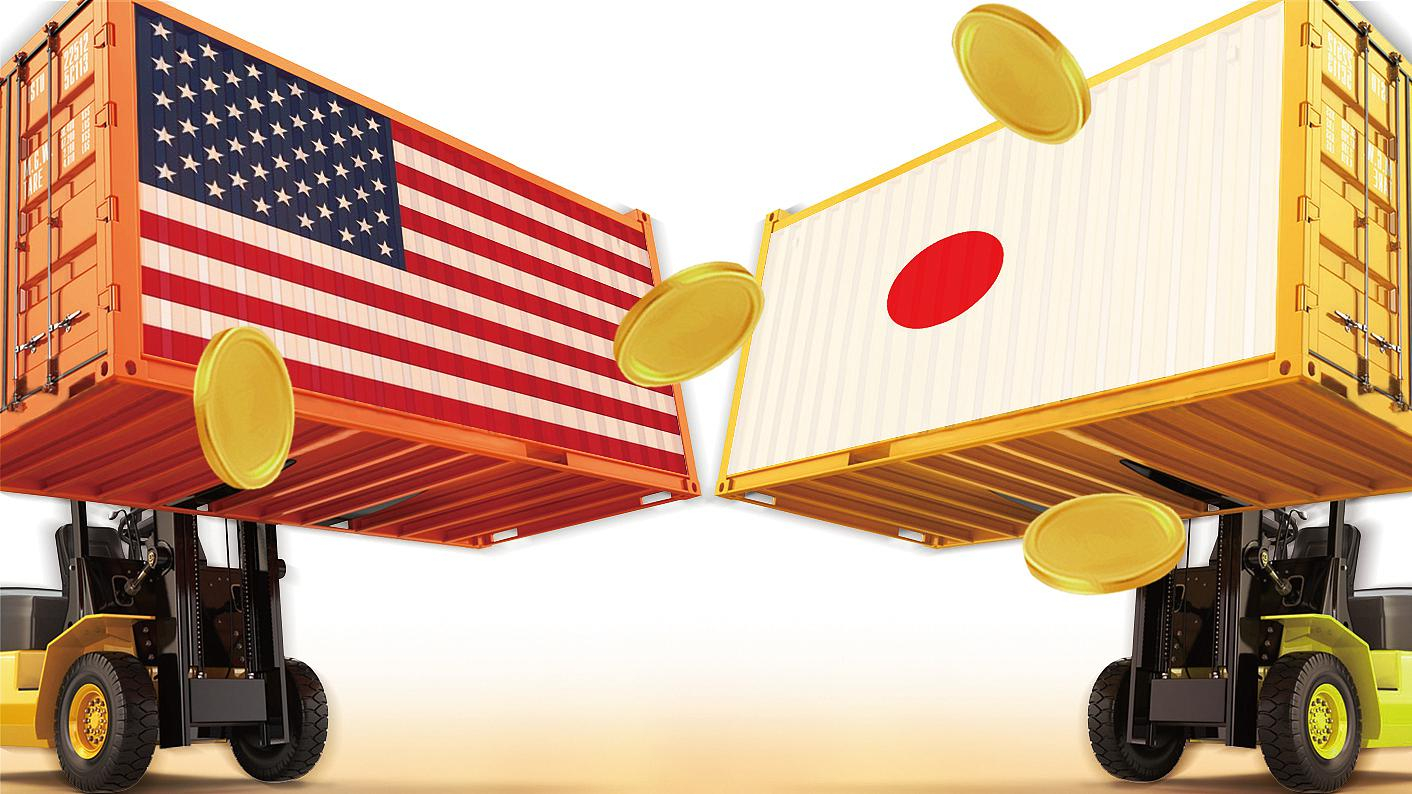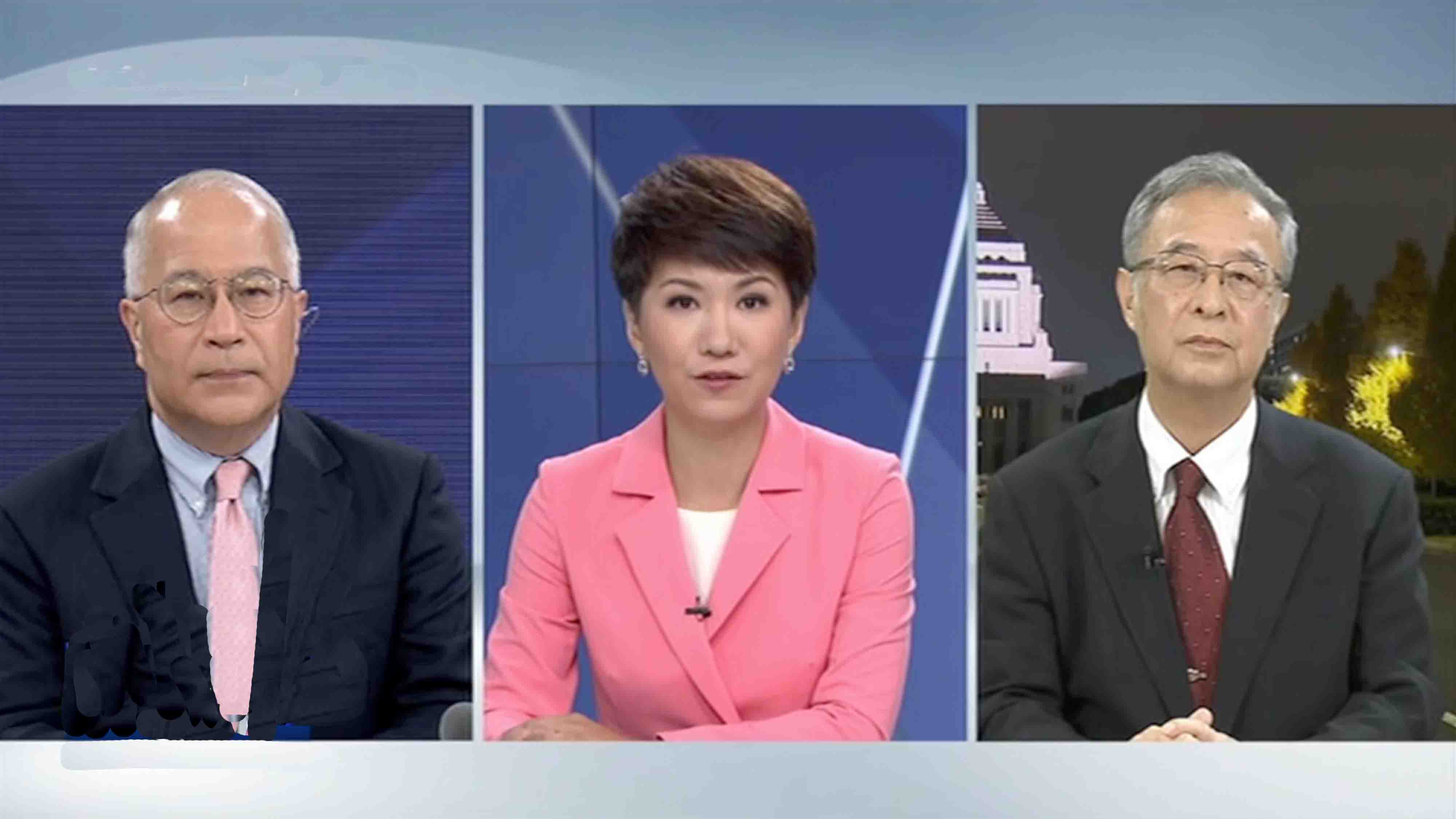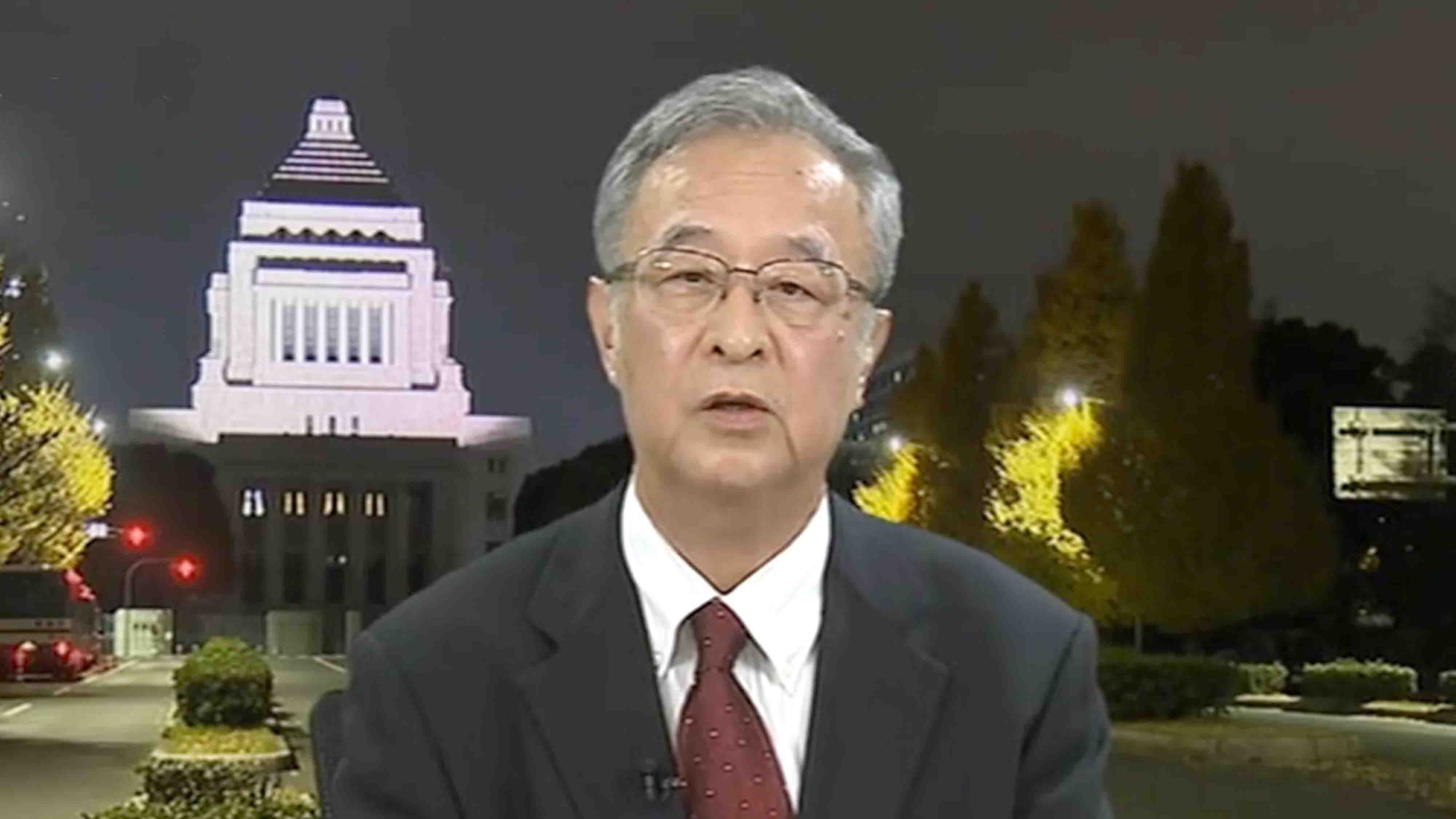
Opinions
21:34, 13-Aug-2018
Opinion: What can China learn from Japan in dealing with US tariffs?
Updated
20:39, 16-Aug-2018
CGTN’s The Point

Last week, Japan’s Economy Minister Toshimitsu Motegi met with US Trade Representative Robert Lighthizer in Washington for trade talks, which US President Donald Trump and Japanese Prime Minister Shinzo Abe agreed to in April.
Despite the meeting, Tokyo appears to be sticking to its position of avoiding a bilateral free-trade agreement. This isn’t the first time that the US pointed its tariff guns at its close ally in Asia.
01:51

“It looks very similar to what Japan used to be back in 1985 or some years around. Japan was in a very, very similar situation as China stands right now,” said Tatsuo Nobu, former president of the Japan Academy for International Trade and Business.
“They (the US) came up with a lot of measures, a lot of complaints, a lot of resources to pressure Japan into many negotiations. Japan negotiated so hard and mostly accepted what the US wanted,” he added.
The Japanese government was pressured into signing the Plaza Agreement, with precisely the same US politician with whom they are talking now, Robert Lighthizer. Critics have blamed the Plaza Agreement for slowing down Japan’s economic growth ever since.
01:17

“At that time, the Plaza Agreement entirely changed Japan's export capacity. Japan practically gave up its exporting potentials,” Nobu explained. “And even right now, what the US really wants is to curb Japanese cars for local production.”
“The West is déjà vu. It’s all happening over again,” as political and economic affairs commentator, Einar Tangen concluded. “Appeasement has not always worked.”

SITEMAP
Copyright © 2018 CGTN. Beijing ICP prepared NO.16065310-3
Copyright © 2018 CGTN. Beijing ICP prepared NO.16065310-3